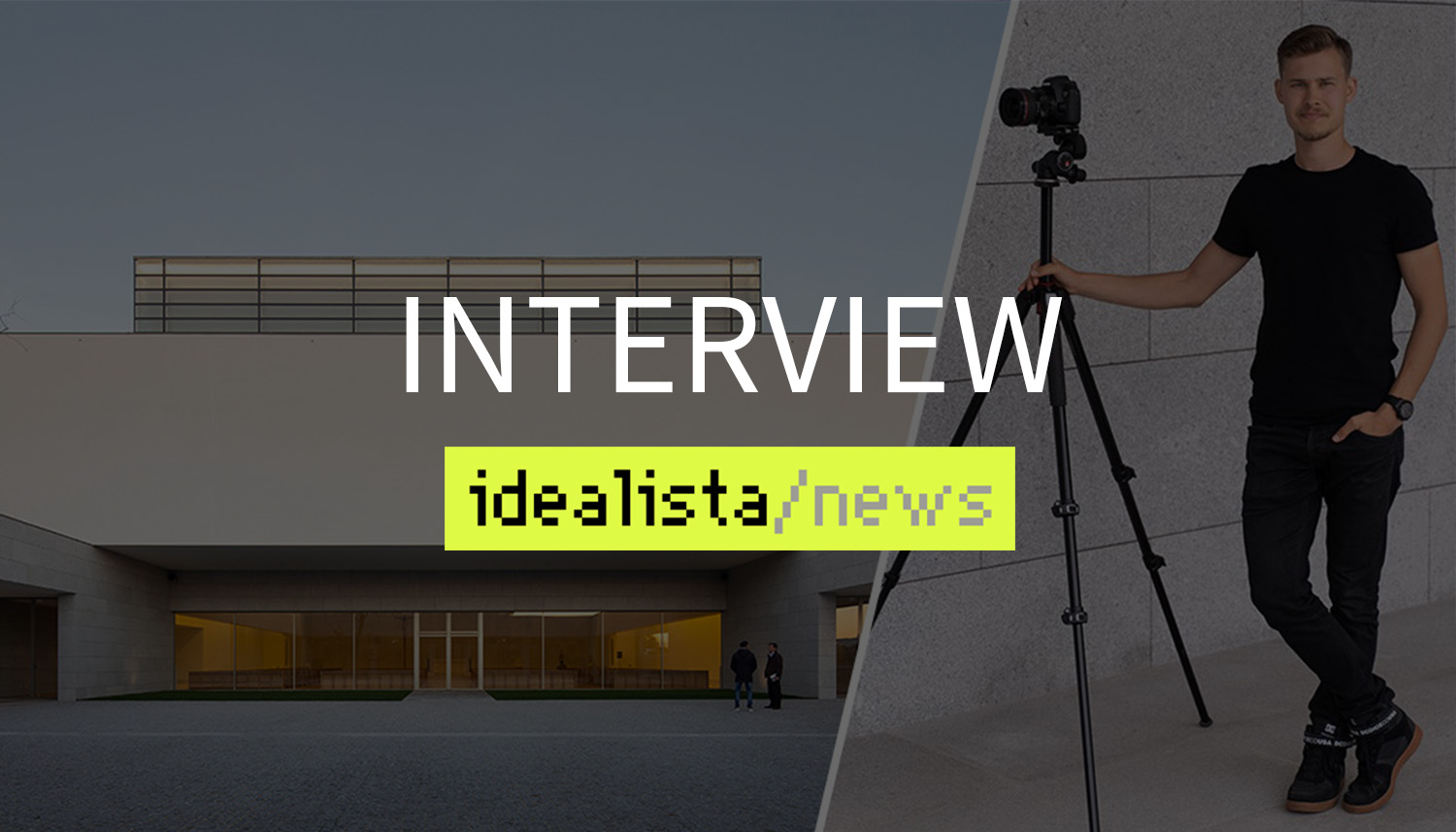I’ve been asking myself recently – what does it take for an architectural photoshoot to be successful? Why certain projects are a pure pleasure to shoot and the photos end up going viral on social media, while others merely sit on the architects drive and collect dust? Can we control the outcome of the photoshoot, or it depends on numerous circumstances over which we have no control?
These questions made me look back on a couple of my most popular projects and analyze what were the special ingredients that made those projects successful. The points listed below can also serve as guidance in case you are planning to hire an architectural photographer and wondering how to do it right.
1. Dedicated client
When we receive that first email with a quotation request, it’s often easy to identify a client who is passionate about his/her project. They approach us by telling the whole story – how it came to life, why they used certain design solutions, what they would like to capture on camera, etc. It’s not just another building, it´s THE building. They are passionate about their creation and they are willing to take the photoshoot seriously.
Dedicated client is a starting point of the successful architectural photoshoot. If the client doesn’t show dedication and just wants to “get the job done” all the following points will be irrelevant.
2. Client-photographer relationship
Successful shooting comes as a result of collaborative effort between photographer and the client. As photographers we bring our expertise and technical knowledge to the shooting and can give our suggestion on the best way to approach your project. The clients role is to make sure we get a clear idea about your objectives and have the right conditions to do the best job possible.
The key to any effective collaboration is trust. Micromanaging our process and “looking over the shoulder” can bring frustration and compromised results. Yes, it’s important for us to hear about those interesting angles you have found (you obviously know the project better), but please understand that we need space and freedom. Architectural photography is the art of contemplation and patience, which is needed to find that perfect shot.
On the other hand, doing the opposite and never visiting the project with a photographer is not right either. “Just go there on Wednesday and the security will open the door for you”. Unfortunately this is a common one. It only shows that the project is not really important to you. And if you don’t care about the project, how do you expect the photographer to care about it?
3. Clear briefing
When giving a brief, the approach “just shoot everything” doesn´t help. As a designer of the space, you probably have in mind the aspects you would like to showcase. Be sure to communicate it to the photographer. This way we know where to focus our attention, which almost always brings a better result than those assignments where we end up running in sweat just to get a photo of every bathroom.
4. Timing and preparation
We get it – you need to deliver the house in 2 days because the owner is moving in. But the building is still dirty, lights are not working and the grass didn’t grow.. Sometimes tight deadlines are a reality we have to deal with. Nevertheless, if you can afford to wait and get things in order, by all means do it. Get the space professionally cleaned, remove the wires, stickers, etc. Bring in some minimal furnishing for scale. Maybe bring your dog? Besides making the whole process more fun and relaxed they make for great artistic shots!
Remember, this project will be on your portfolio for years to come and will be representing your brand while you sleep. It’s one of the best investments you will ever do for marketing your business. Let’s do it right!
5. Studio work
This is where the magic happens. The shooting is done and now we have tons of raw material to work on. This is the part the client doesn´t see, but it’s where 80% of the work lies. From the client side there is not much you can do to facilitate the process, other than being patient and not rushing the delivery. The images must go through a thoughtful post-production, which includes pre-selection, followed by adjustments to exposure, color, perspective, cropping, dust removal, etc. It´s a tedious, often monotonous process, and it’s critical to get it right.
6. Project distribution and publications
What is the final purpose of these images? I believe the images should bring recognition and more clients to your business. To accomplish this goal they have to be seen by the right audience. This is where publications and social media come in. I have experienced situations when after publishing the project my client started receiving collaboration requests from global brands, invitations to prestigious awards and new talents knocking on their door. When clients share with me their success I know we’ve done a good job. Moments like these bring enormous satisfaction to both sides and create lasting relationships.
Connect with me on LinkedIn www.linkedin.com/in/alexander-bogorodskiy/
If you liked this article, share it with your colleagues
[DISPLAY_ULTIMATE_SOCIAL_ICONS]


